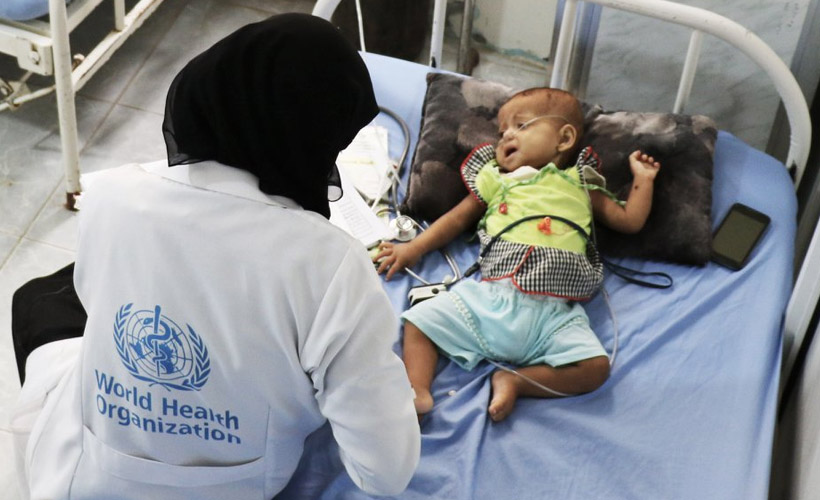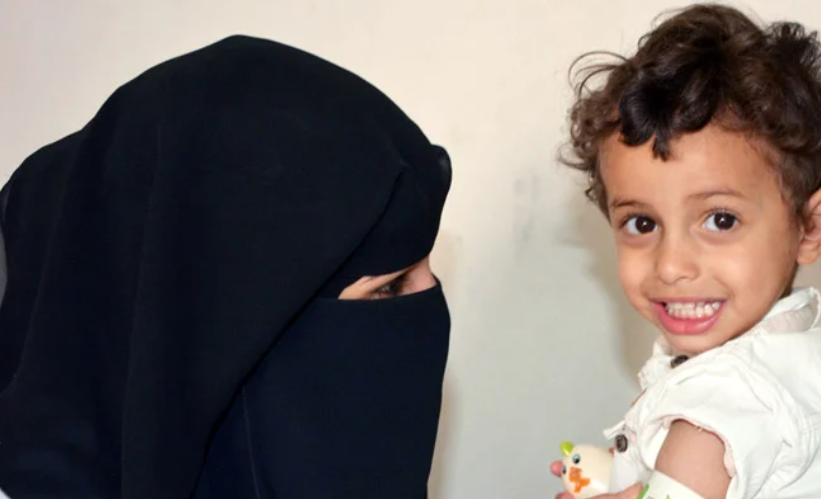Based on the Humanitarian Response Plan Yemen 2024, about 7.7 million children under-five and pregnant and lactating women (PLWs) are in need of humanitarian nutrition support. An estimated 2.4 million children are wasted and are in need of timely, quality treatment for acute malnutrition. Similarly, 2.1 million children under five are stunted and at risk of losing their future due diminished educational performance and reduced productivity in adulthood. 620,000 children under five are in need of quality lifesaving treatment for severe wasting including 62,000 children with severe acute malnutrition with medical complications.
Support in TFCs is not limited to life-saving services. It also extends to preventive measures, through the provision of extensive infant and young child feeding counselling for caregivers, which seeks to:
protect and promote breastfeeding and appropriate complementary feeding;
prevent relapses, and similar episodes in other children within the family; and
promote health and nutrition care-seeking behaviour among caregivers for the healthy growth of children aged under 5 years.
WHO ensures the provision of medical and non-medical supplies to all TFCs and covers their running costs. It also covers the referral cost for caregivers, to avoid or reduce their out-of-pocket expenses and improve caregiver compliance with treatment.
From January to March , performance indicators in WHO-supported TFCs in Yemen were as below:
Number of children admitted to a TFC: 5,751
Proportion of children admitted aged under 6 months: 19% (1,087 children)
Proportion of admitted children stabilized and referred to an outpatient therapeutic programme: 97% (5,321 children)
Death rate: 1% (53 children)
Number of caregivers benefiting from infant and young child feeding counselling sessions in TFCs: 5,751
Relapse Rate : 2% (121 children)
TFCs link with referral paediatric wards for the most serious cases of Moderate acute malnutrition (MAM) with comorbidities. From January to March 2024, 4,815 children with acute and moderate malnutrition were admitted to a paediatric ward.
Nutrition surveillance
Under the nutrition surveillance system, nutritional assessment is usually performed through consideration of the child’s age and the measurement of the child’s weight, height/length, mid-upper arm circumference, haemoglobin level, breastfeeding status, and oedema.
It is a facility-based surveillance system, established mainly in district hospitals across the country and through trained health workers. The system provides the proportion of children aged under 5 years with any form of malnutrition out of the total children screened. The results only reflect the status of children who have attended a health facility or screening site during the month under review. The system tracks 4 out of 6 global core nutrition indicators: wasting, stunting, exclusive breastfeeding and anaemia.
A monthly bulletin is shared with all stakeholders at the national, regional and global levels for information and to support decision-making.
In the month of Feb :
68,226 children aged under 5 years were screened (22% aged under 6 months);
22% of children were wasted and referred to an appropriate nutrition programme: Hodeidah had the highest proportion of acute malnutrition among children screened (41%);
45% of children were underweight;
chronic malnutrition (stunting) remains of high concern, affecting 42% of screened children and reflected in high proportions of stunting among children in 179 districts;
anaemia was confirmed in 19% of children aged 6–59 months screened for anaemia; and
exclusive breastfeeding among infants aged under 6 months showed a very low average rate (15%), which lags far behind the WHO global target for 2025 (at least 50%) and suggests causal linkages between suboptimal breastfeeding practices and high levels of acute and chronic malnutrition.





